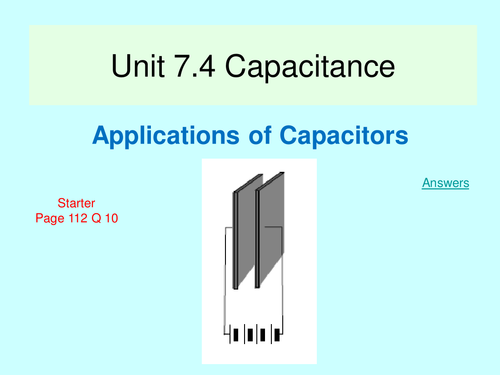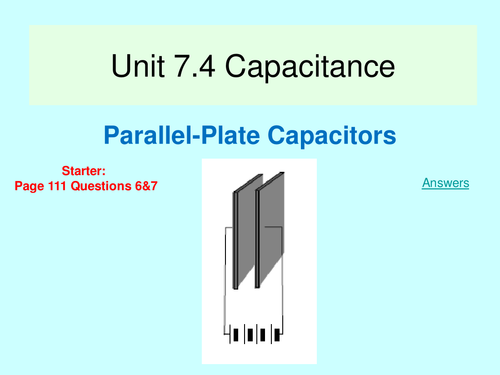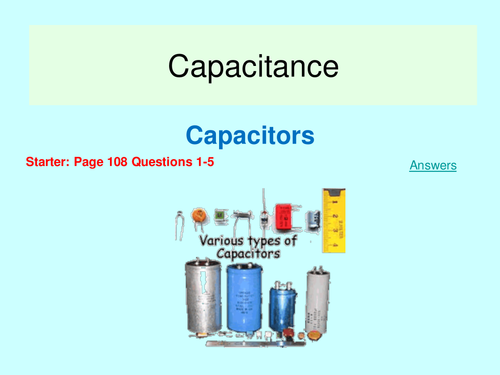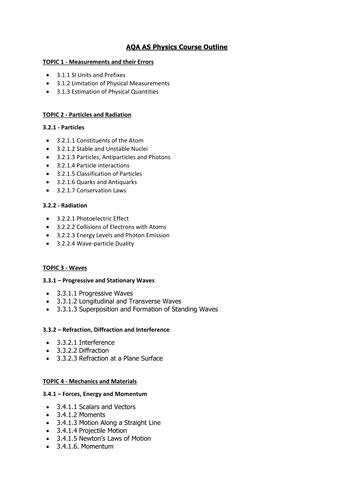Missbrody's Physics Shop
Physics resources from a Head of Physics at a school with 100% pass rate in A level physics (and 100% A*-C at A level in 2016). 9 years of experience teaching A level, IB, GCSE physics and KS3 science. Many of the Powerpoints contain embedded animations, practice questions with answers or links to useful video clips.






















